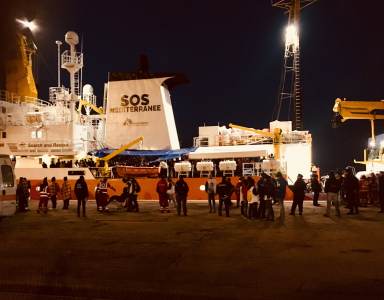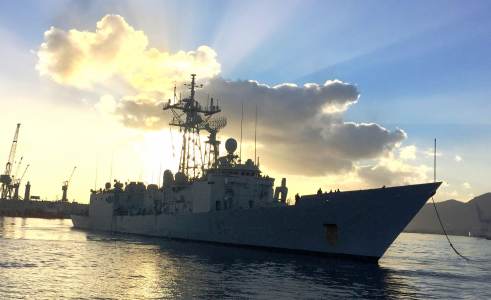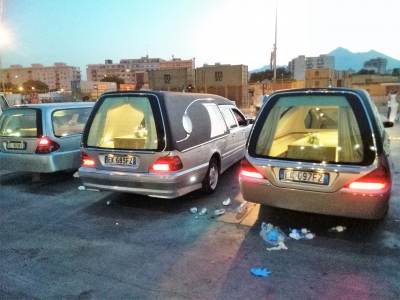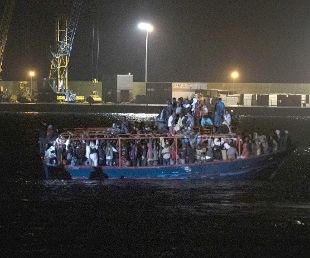The landing of the Aquarius ship in Augusta
Yesterday afternoon the Aquarius ship of the NGO SOS Méditerranée anchored in the harbour of Augusta with 215 people aboard, of which 38 are women – 5 who are pregnant – and 34 unaccompanied minors.
Some of these migrants are survivors of the latest tragedy to occur in the central Mediterranean, that saw two women die, dozens missing, of which only 12 were identified and 16 people urgently evacuated by helicopter from the NGO’s ship and taken to Sfax in Tunisia. One woman died in hospital and a minor, whose mother died in the shipwreck, was accompanied by his aunt. UNHCR, MSF and Red Cross are continuing to work with them until everyone is guaranteed the continued contact between relatives and their reunion, and that the deceased woman may be buried in a place known to the relatives transferred to Tunisia. The survivors find themselves in a state of shock and with burns, or disorientated due to the inhalation of petrol.
Whilst still at sea, on Saturday at dawn, the Aquarius witnessed an interception of a raft by the Libyan coast guard, who were assigned the coordination of search and rescue operations by the central command in Rome. The Libyans categorically refused help from SOS Méditerranée, forcing the civil ship to distance itself. The damaged raft was found in international waters approximately 15 miles off the Libyan coast. The Aquarius was only 500 metres away from the raft when Rome’s MRCC communicated that the Libyan coast guard should be there to assume command. The NGO’s ship was therefore forced into bearing witness to the yells of help from the migrants who were drowning and into not intervening and instead distancing themselves to avoid the possible complications of future rescue operations of migrants at sea. After the withdrawal of the Aquarius, the Libyan coastal guard should have rescued the migrants at sea, given that in those hours the Libyan maritime authority had released a statement about the rescue of a raft.
Not only is there no promise that all people in difficulty were rescued, the result of the search and rescue operation being managed in this way means that the migrants taken by the Libyan coastal guard were returned, certainly against their wishes, to the hell from which they had escaped. On the same day, Saturday 27th of January, Rome’s MRCC signalled to the Aquarius a damaged raft, half submerged and with people already in the water including some already unconscious. The rescue operations lasted around two hours, during which the mission encountered several complications: all available rescue materials were put into the water and the resuscitations began on the rafts. 84 people were rescued. The next day, 50 miles west of the coast of Tripoli, a transhipment took place – not easily thanks to the design of the boat that rescued the migrants – of another 131 people from a freighter that had carried out a rescue.
The 215 people, of 14 different sub-saharan African nationalities, many from Cameroon, Guinea-Conakry, Ivory Coast, Nigeria, Mali and Sengal, disembarked yesterday afternoon from the Aquarius in Augusta harbour, where ambulances took the most grave cases. The rest, divided into three groups, were transferred to the bay to be subjected to the process of identification until late into the night. The migrants passed the night under a big open tent while waiting for their transfers.
Viola Gastaldi
Borderline Sicilia Onlu
Translated by Meg McLellan






